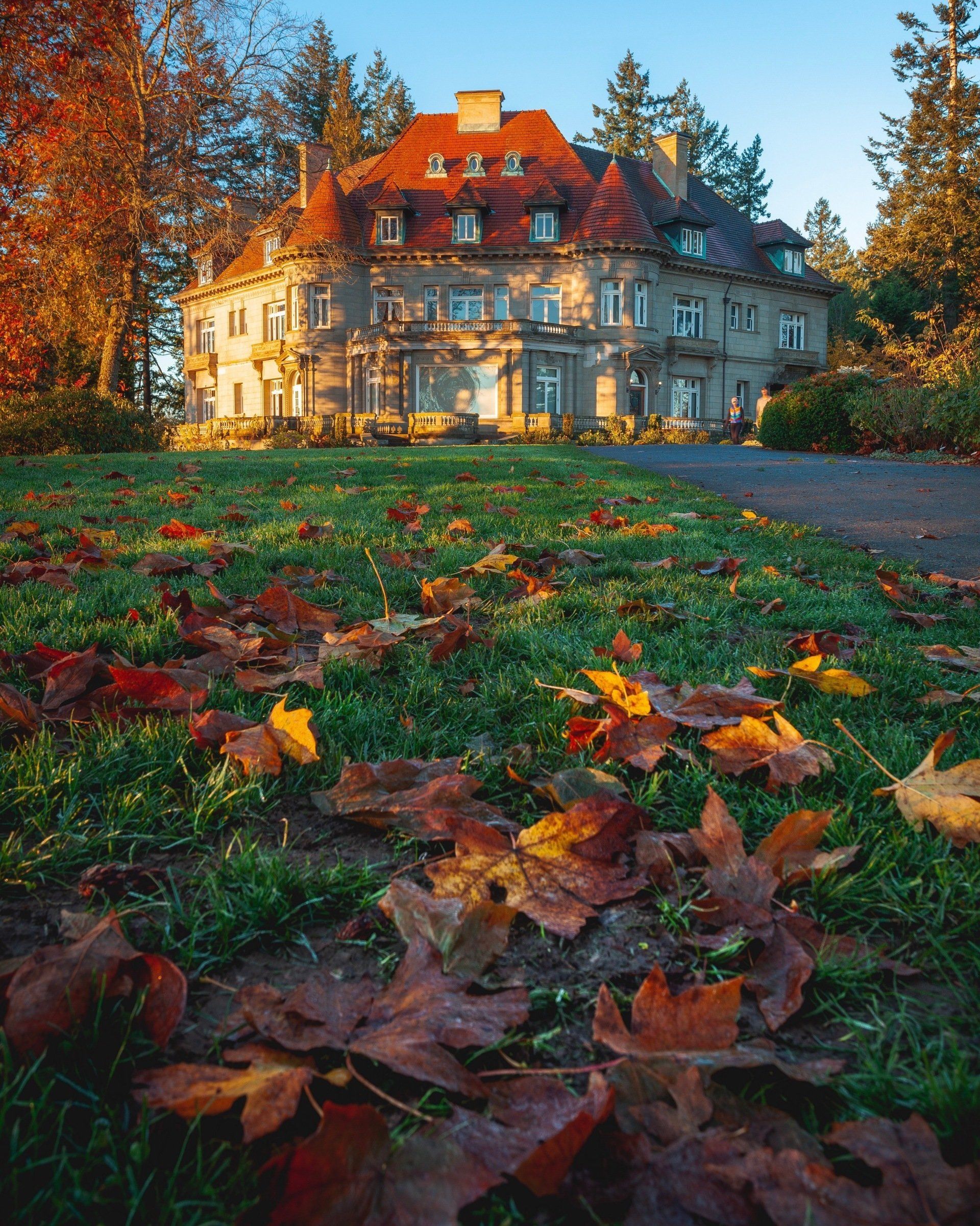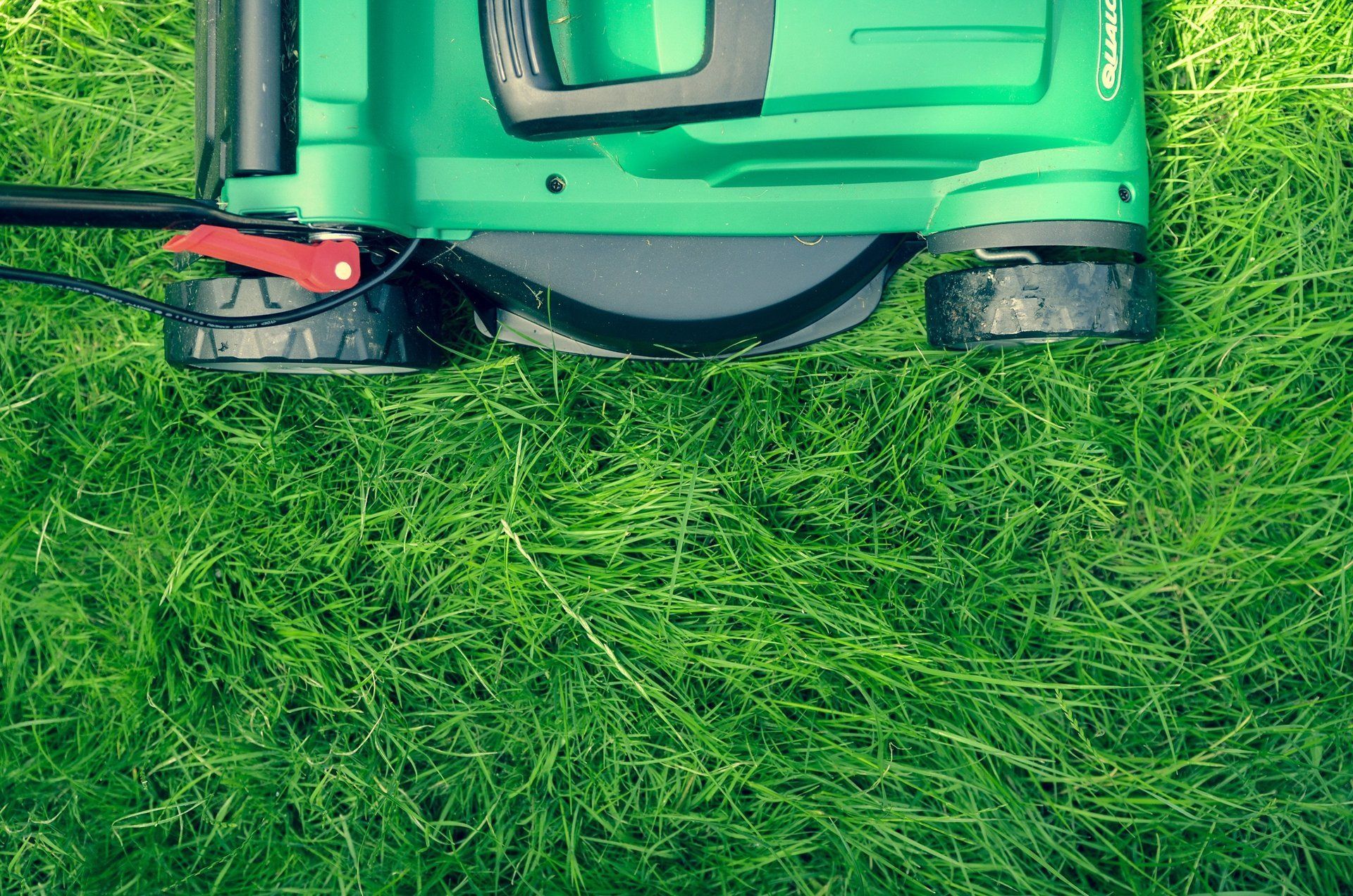7 Beautiful Plants You Should Plant Right Now For Springtime
7 Plants You Should Plant Right Now For Springtime
The lunar spring season is upon us... and that can only mean on thing: The competition begins for who has the most beautiful lawn in the neighborhood!
We've written ubiquitously on our home improvement blog about the importance of having the best home curb appeal in your neighborhood, like the increase in your home's resale value, the piece of mind it'll bring you and your partner, and best of all, the bragging points for all the heads you'll turn as your neighbors drive by your home. We've also written quite a bit about some of the best ways you can improve your curb appeal and the easiest ways to execute... but we've not yet had the opportunity to recommend some very specific types of plants that you can plant in the late winter/early spring to get a huge leg up on your suburban competitors in the never-ending race for the nicest home on the block. And so, we've taken that opportunity now, and have curated a list of the 7 best (and easiest to grow) plants that'll surely make your lawn and garden look amazing this springtime.
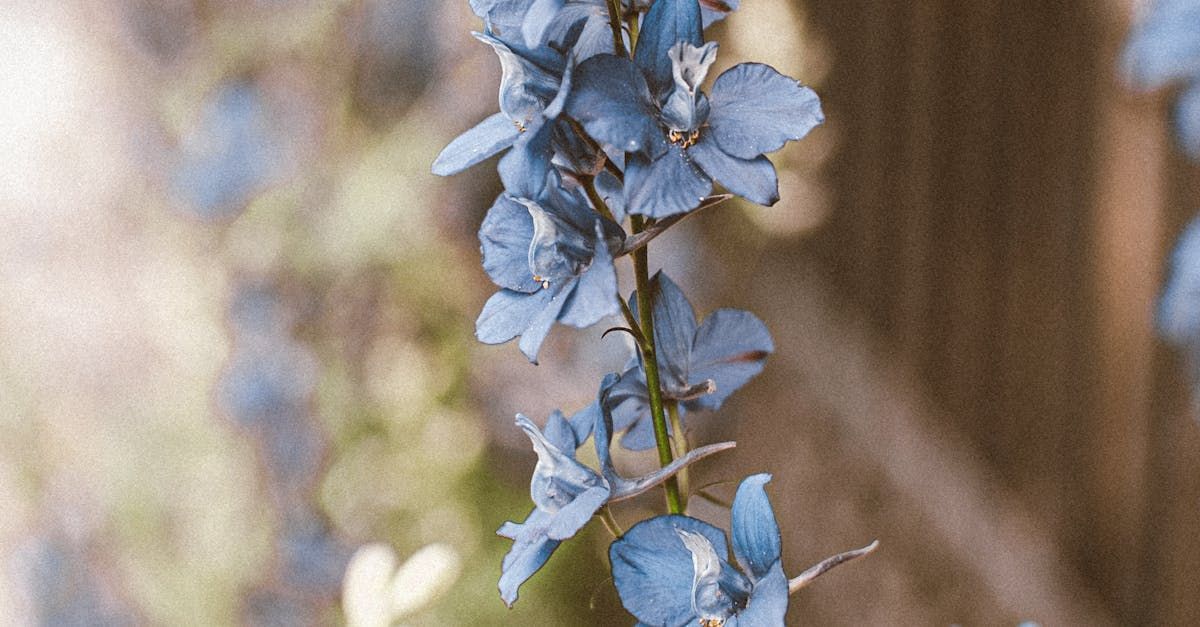
Delphiniums
We chose to write about Delphiniums first because not only are they beautiful and thrive in the springtime (if planted early!), but they're also relatively easy to grow even for a beginning purple thumb, and they grow tall, so your neighbors should easily be able to see when they drive by (and cue your humble brag).
Keep in mind, the most important step of growing your first Delphiniums is watering them regularly. These flowers need copious amounts of water because growing as tall as they do requires far more energy than your average flowers... so don't be afraid to keep these wet! But also make sure that the soil you plant them in will be able to drain easily, because that's the second most important step! Delphiniums need constant fresh water, and constant draining to make room for newer, fresher water! Makes sense, right? The whole process is actually even simpler than it sounds; just make sure you pick a soil that drains easily, and doesn't stay soggy. Delphiniums hate soggy soil. Be patient, and these flowers may even grow as tall as six feet this spring!
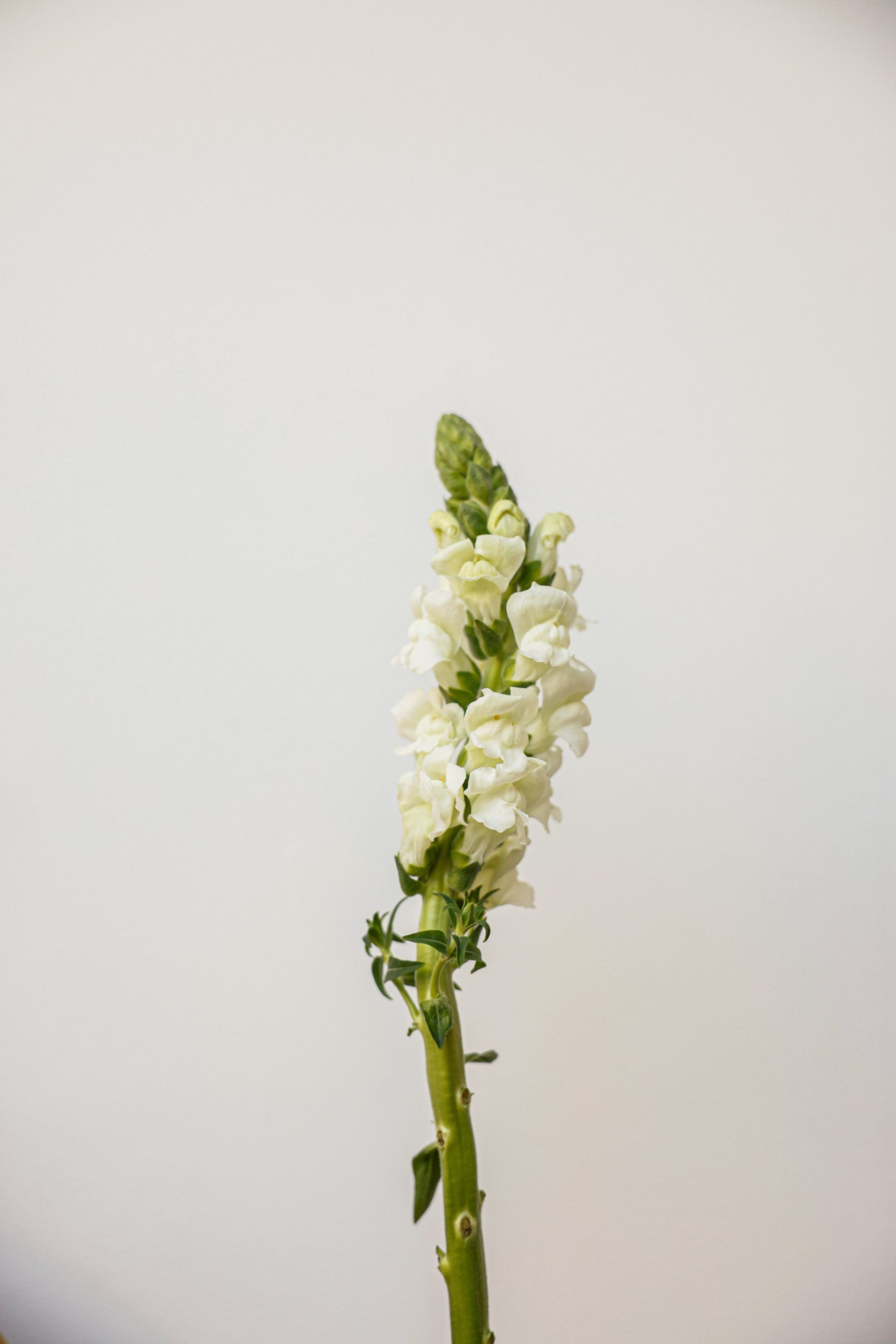
Snapdragons
Sticking with the vertical theme here, the next plant on our list is the classic snapdragon, which also do best when planted in the late winter. You'll do well to plant these right at the end of February to reap the full benefits of their beauty come the springtime. Don't worry, they'll be able to handle the cold weather for a little while, even if you decide to plant them with starts instead of seeds (but either will work well).
One particularly important tip for growing snapdragons is they will require soil with a balanced, neutral pH level, and that drains well. The rule of thumb for the amount of water snapdragons should get is about one inch per week, but if you're getting lots of rain, let them be. If you follow these instructions, you should have some beautiful snapdragons to compliment your garden come springtime.
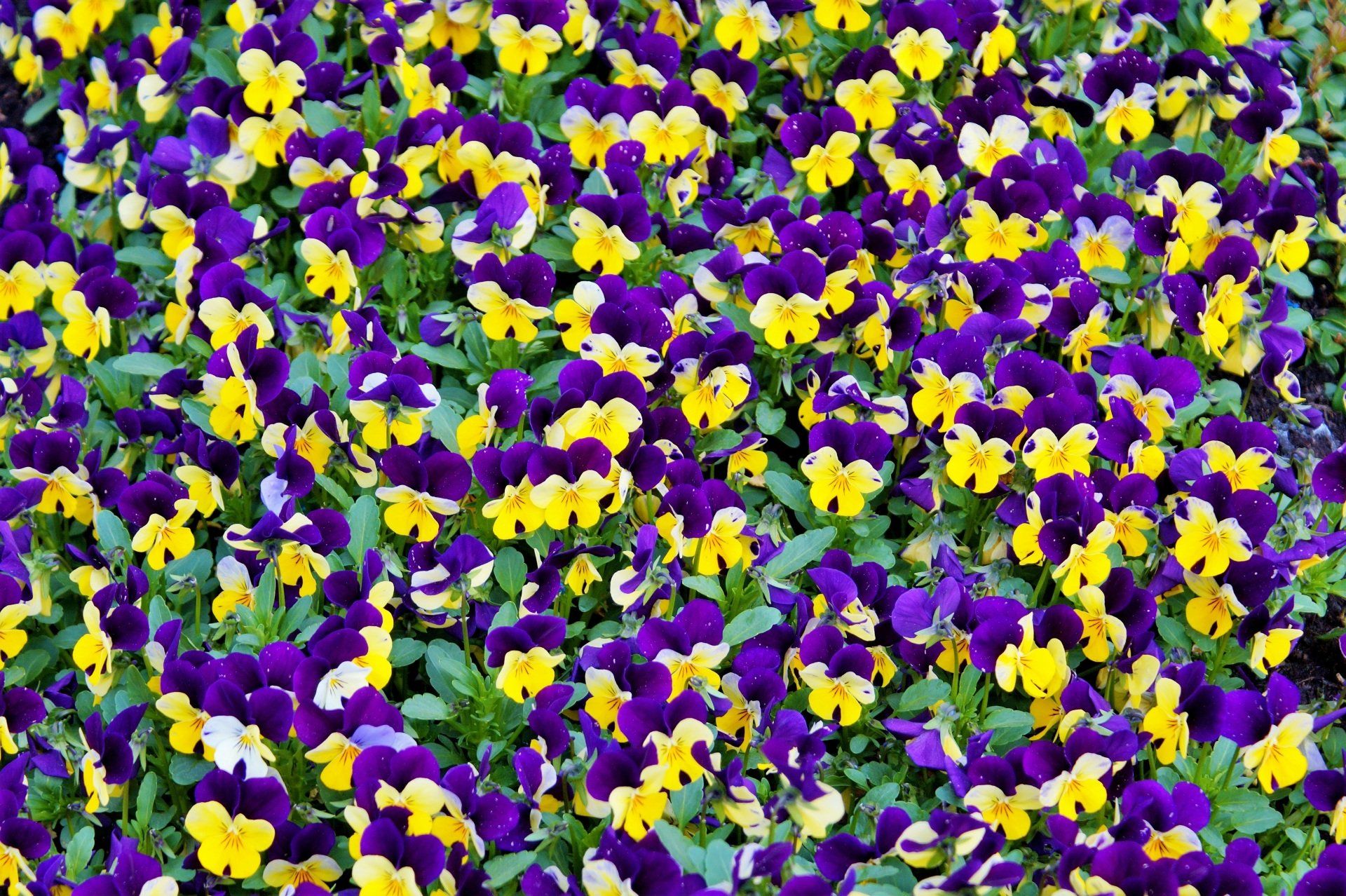
Pansies
No responsible home improvement blogger would write a blog about flowers you can plant in the winter to make your lawn look awesome in spring, without dedicating at least a small section to pansies. When asking an expert purple thumb what the most beautiful flower to plant and the easiest to grow in the late winter for a beautiful garden come the spring, almost all of them would recommend pansies, and for good reason. Pansies are some of the most beautiful flowers Mother Nature has to offer us, and they're pretty easy for the beginning purple thumb to grow.
A quick heads up: pansies can also thrive in pots too, so they can also make great highlights for around your porch, if you want to save room in your garden for bigger plants and flowers that might need extra drainage.
Growing pansies differs slightly from your standard garden flowers in that the soil you use for these should be slightly more acidic, so shoot for a soil with a pH level between 6 and 6.2, and they'll grow very well. The soil you use should also drain very easily because pansies need to be watered consistently, and if you do decide to go the pot route, make sure the pots you use have lots of drainage holes. And finally, pansies will require a little bit of liquid fertilizer (that's water soluble) about every three weeks. Follow these simple instructions and come spring, you'll have lots beautiful pansies that'll make your lawn, garden or porch, look amazing.
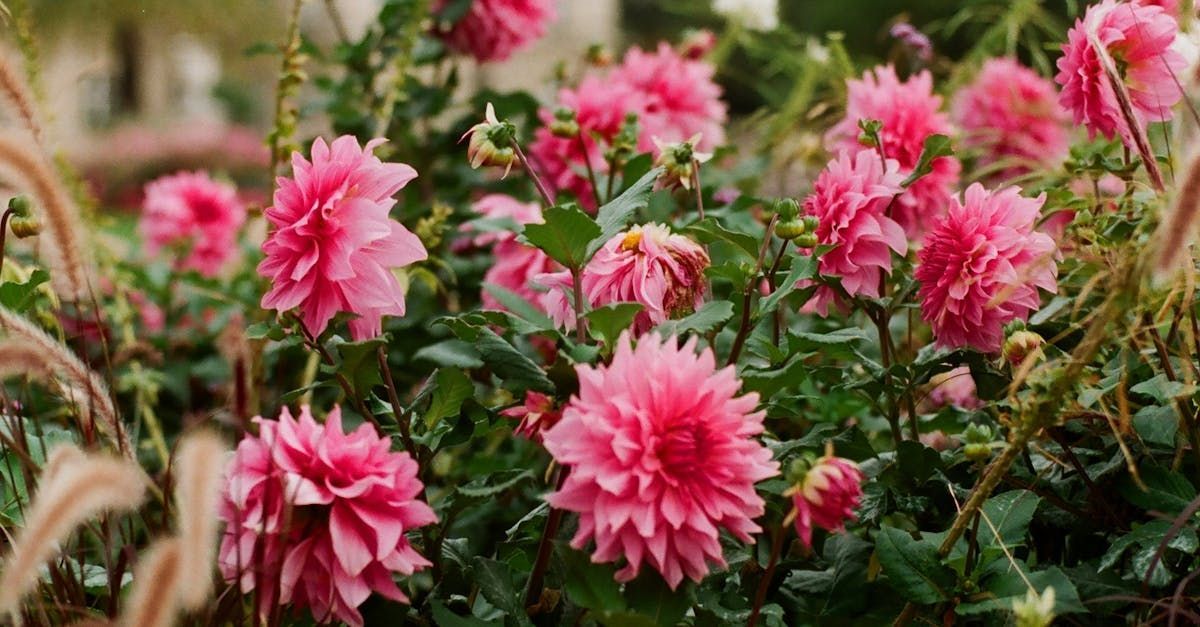
Chrysanthemums
Chrysantemums, or mums for the layman, are some of the most beautiful flowers spring can offer us (if you missed planting them last fall). But they grow best with between 6 and 8 hours of direct daily sunlight, so growing these right during the onset of spring is usually considered the best time.
These beauties will require a little more care to grow, but are well worth it, and are great practice-plants for the beginning purple thumb. If you're planning on growing these right in your garden, you'll want to pick out a slightly more advanced soil for these, and we'll recommend a clay-based or loam-based soil (either will work well), with a slightly-acidic pH of 6.0. These require a very specific watering schedule because they're so delicate and are exposed to a lot of direct sunlight, so your best bet is to water them daily but in the early evening, so the soil will have time to absorb the moisture before the next full day of direct sunlight. Seeing your mums blossom is highly satisfying, especially for the DIYer, because they're so delicate and require a good bit of patience. Once you seem them start to bloom, give yourself a pat on the back for a job well done.

Boxwoods
We had to include boxwoods on this list for a number of reasons, primarily because there are so few other plants that are going to look as amazing on your lawn year round. Since you're going to be doing some spring planting anyway, it's a great time to add major, permanent character to your lawn by lining it with boxwoods. Boxwoods make some of the best lawn-perimeter liners around, and they hold their beautiful, dark green tone year round. If you can find starters for these (or maybe even ones that are already full grown), then great, you'll be able to reap the benefits of their beauty right away. We recommend this method for most homeowners because planting boxwoods are more about lining your lawn than learning how to become a master gardener, and they're also generally pretty slow growing anyway (only about 5 inches per year). But mature plants can reach over 10 feet in height, so buy them grown if you can, and start landscaping. Obviously, this will require some digging, and fully grown evergreen plants like these can get a bit heavy, so there's no shame in asking your partner for help. And the best thing about boxwoods is they also thrive in the wintertime, so you'll even get to hang onto those green memories of springtime '24 in the winter of '25 and beyond.
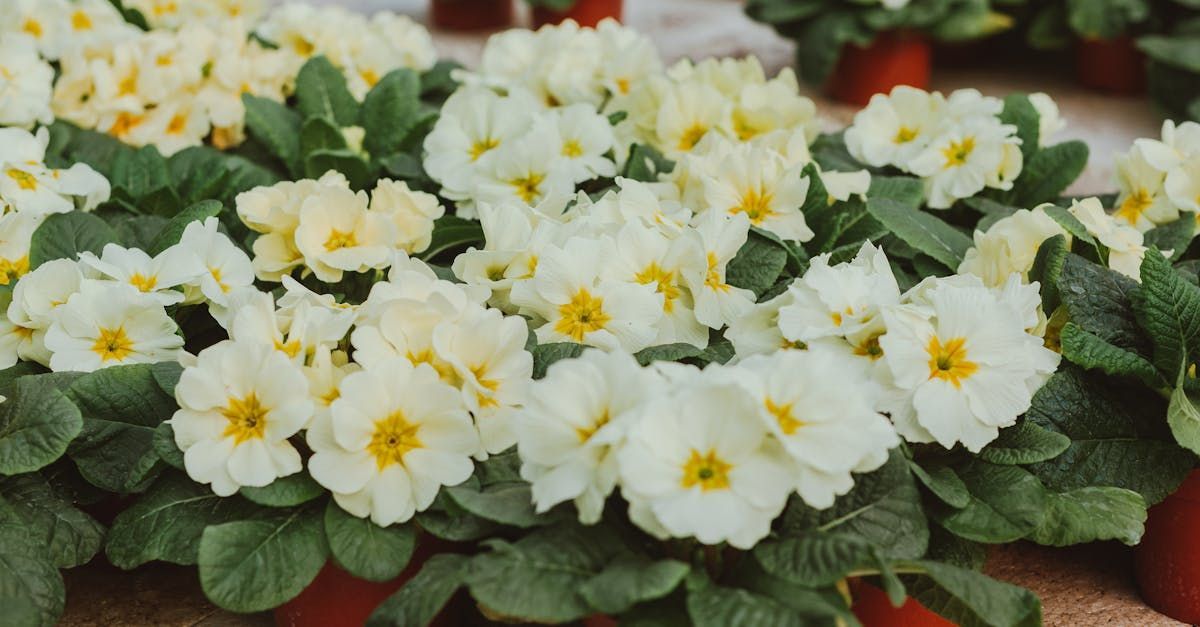
Primrose
Primroses are the only other spring flowers on this list that will give pansies a run for their money on sheer beauty. Right off the bat, we need to mention that primroses are one of the plants on this list that do not like full sunlight, and therefore should be planted in a shadier area in your garden or lawn. Primroses especially love blooming under a tree.
Like many other spring flowers, primroses enjoy blooming in a slightly-more acidic soil, so shooting for a pH of between 6 and 6.2 is best practice. Primroses love moisture, so water them regularly, but they hate sitting in sogginess, so much like many of our other favorite spring flowers on this list, choose a soil that will drain well after heavy watering. To help balance out copious amounts of moisture without smothering them, try using a small layer of mulch on top of the soil. For best results, plant them now in the later winter, so that they can reap the benefits of the late-winter chill, which will allow them to thrive in the springtime. Once they've bloomed, primroses actually require little care, so sit back and enjoy their beauty!

Calendulas
We've saved the best for last here, because nothing says "Hello, Spring!" like these bright orange beauties! Calendulas love blooming in the springtime, in lots of sunlight - but they don't love particularly hot temperatures - so to keep them cool in the summer months, it's a good idea to plant them in the areas of your garden or lawn that are shady in various parts of the day, as the sun passes over your property, like under a tree for example. We can't stress enough here how important it is to protect them during the peak of summer, because calendulas won't survive consistent heat above 85 degrees fahrenheit. Shade will help them survive the peak of the summer season, as will breezes, so try to plant them in an area will the wind will also be able to hit them. Since Maryland can get pretty hot in the peak summer months, you may want to opt for the more heat resistant calendula varieties, like Coronets and Pacific Beauties.
Calendulas grow best in slightly more acidic soils. The pH sweet spot for these is right around 6.5, but you can go up to 7 and still get great blooms. Calendulas also do better in soils with more nutrients in them. Plant your seeds about a quarter inch deep to get started. After your first bloom, these flowers will reseed themselves and will continue to grow year after year, and require little watering once bloomed, so the only challenge every year will just be to sprout them. Do not overwater these. Give them about an inch of water per week, but it's best not to water them at all during rainier weeks. Calendulas are actually able to survive lower-water conditions quite well, so better safe than sorry.
Calendulas are beautiful when they're in bloom and add a touch of color warmth to your garden. Some bloom with more of a yellow tint, but the deep orange ones are the absolutely gorgeous.
Our list here should give you plenty of work to do over the next couple weeks. There are actually many more spring plants we could name here that would make your garden even more beautiful, but our basic list here includes all the absolute necessities. We recommend to make the most out of your early-gardening season, that you act now and don't put this off. The sooner you plant, the more time you'll have to correct any mistakes (especially if you're a beginning purple thumb), and the sooner you'll be able to experience the fruits of your labor, and then more time you'll have to enjoy them! If you want, you can start with a rough sketch of your front and back yard, and draw out where you'd like each garden and flower bed to go, but we don't recommend trying to make it overly complicated. There's beauty in simplicity, especially when it comes to gardening.
We should also mention that any tools, soils, fertilizers, and advice you need when taking on a project like this, you can get right in our lawn and garden department here at Kefauver Lumber True Value.
Good luck with your garden, and happy spring!
Store Hours
- Monday
- -
- Tuesday
- -
- Wednesday
- -
- Thursday
- -
- Friday
- -
- Saturday
- -
- Sunday
- Closed
Kefauver Lumber True Value



